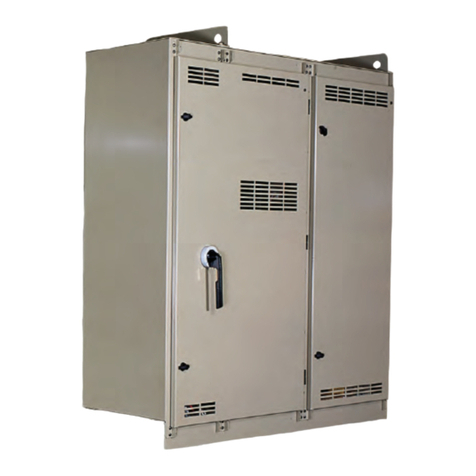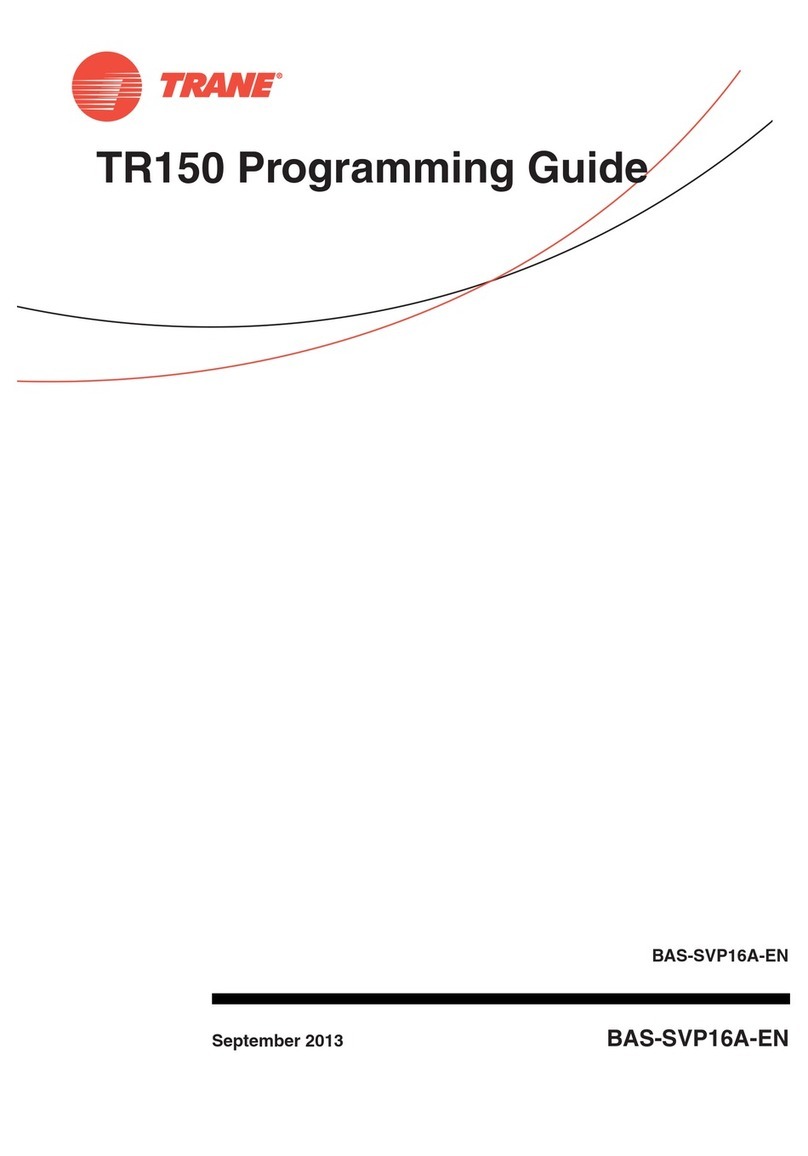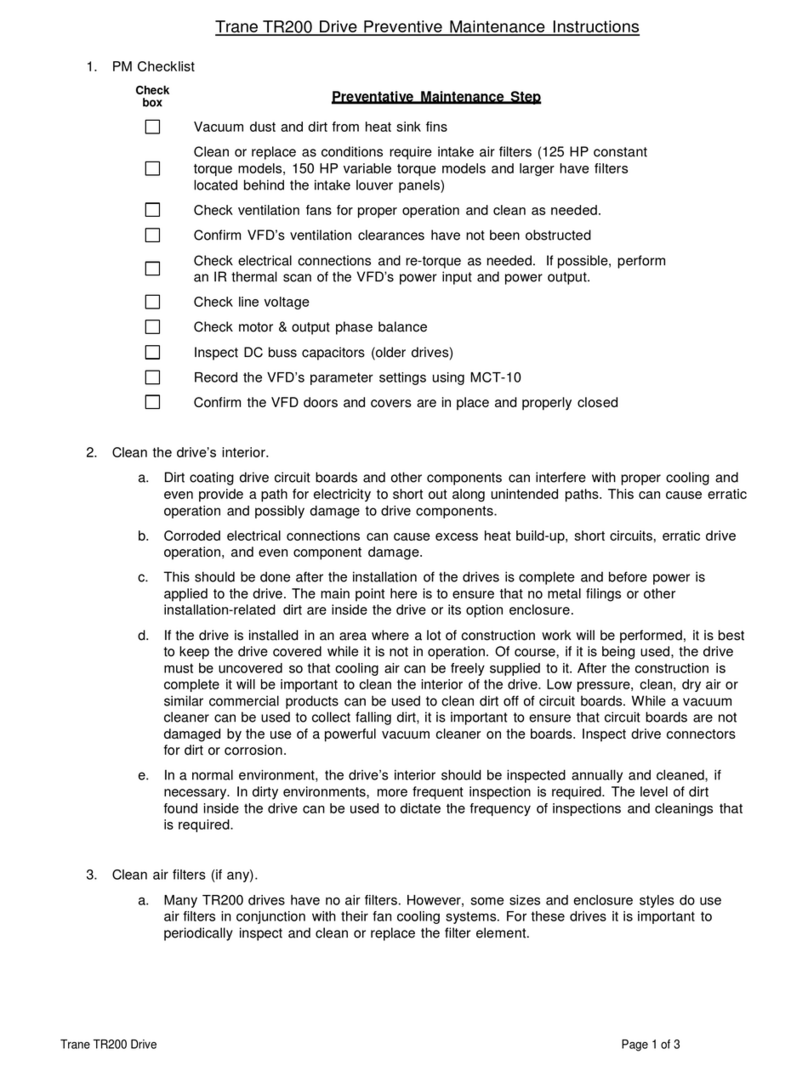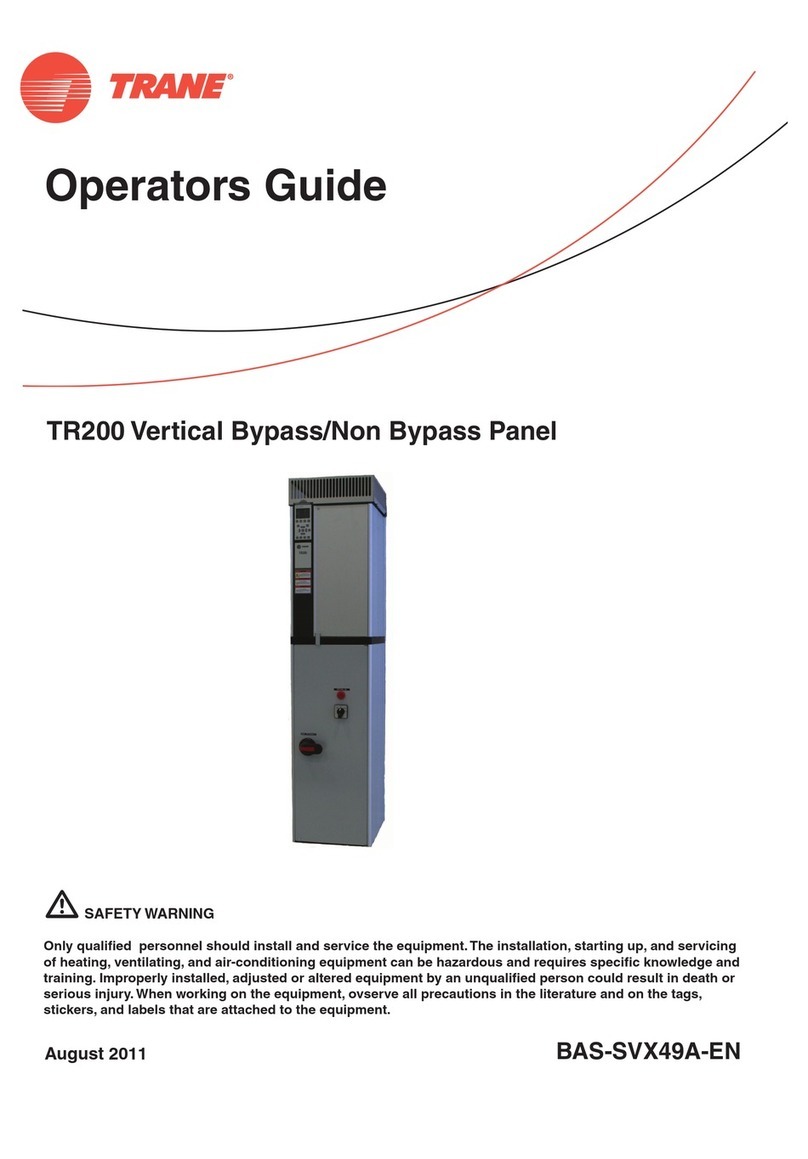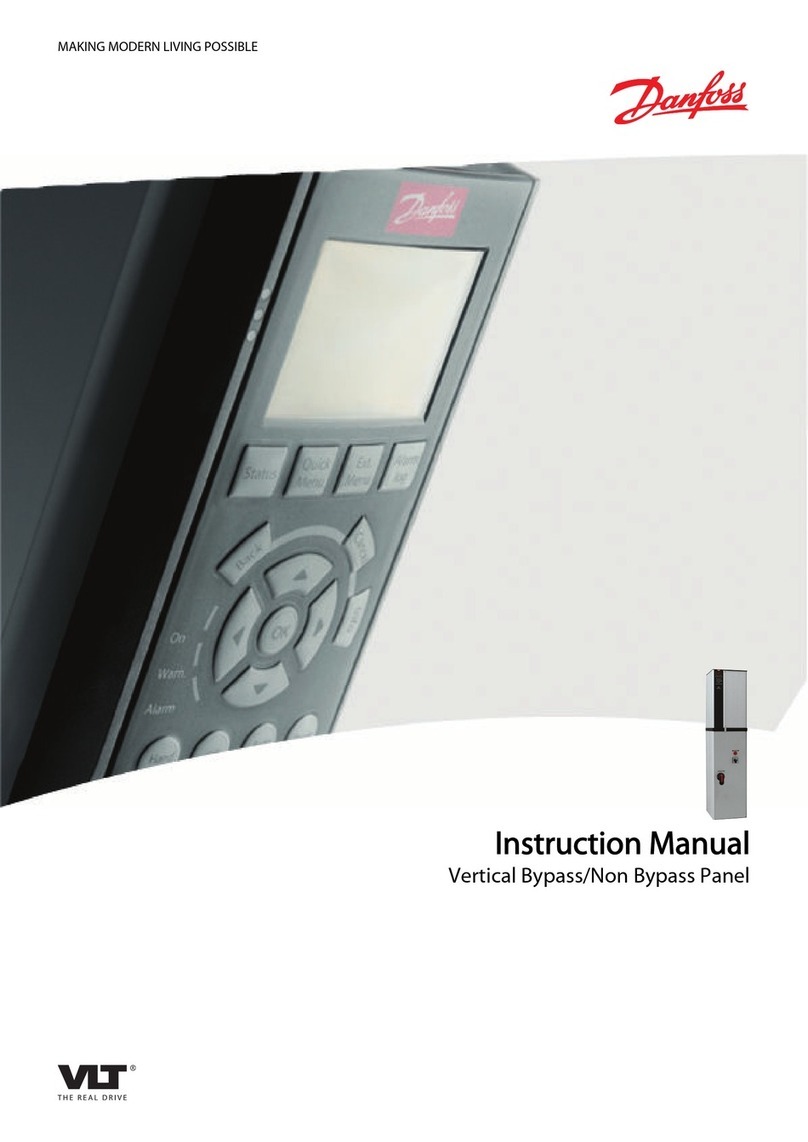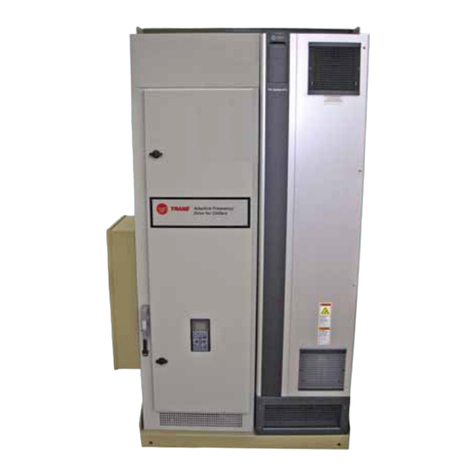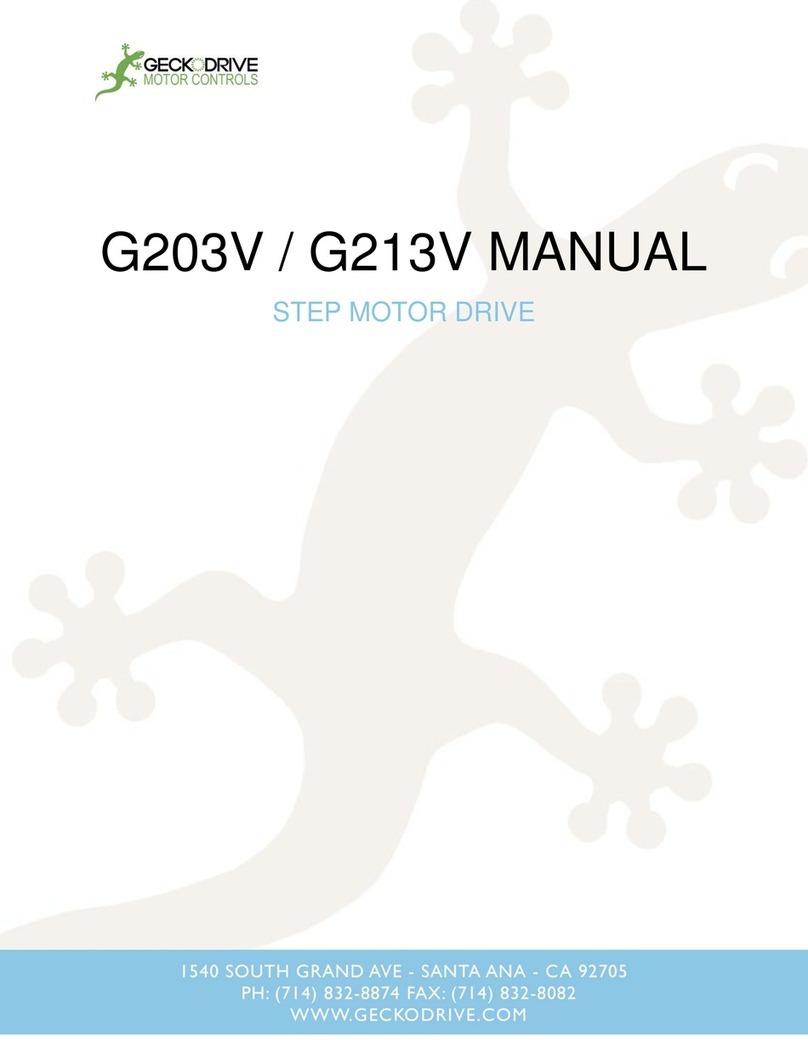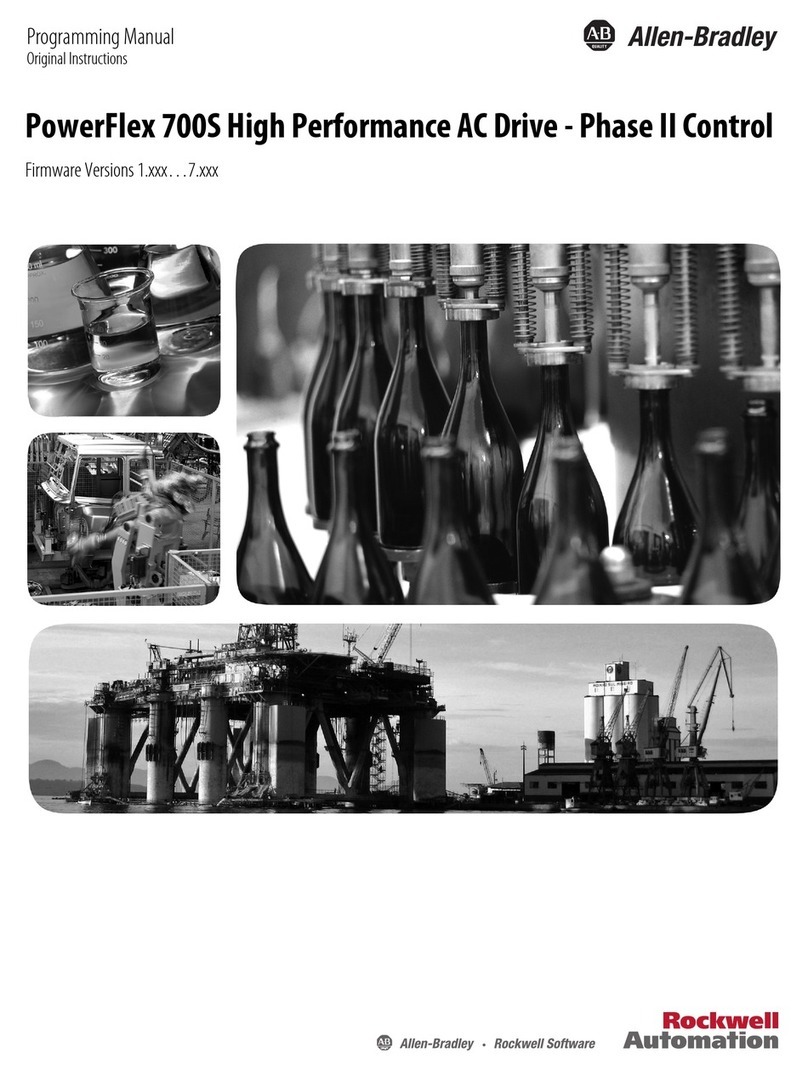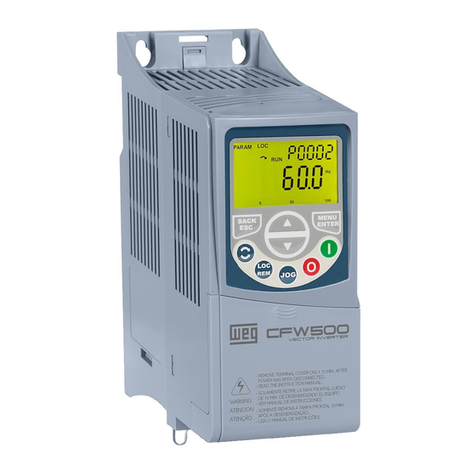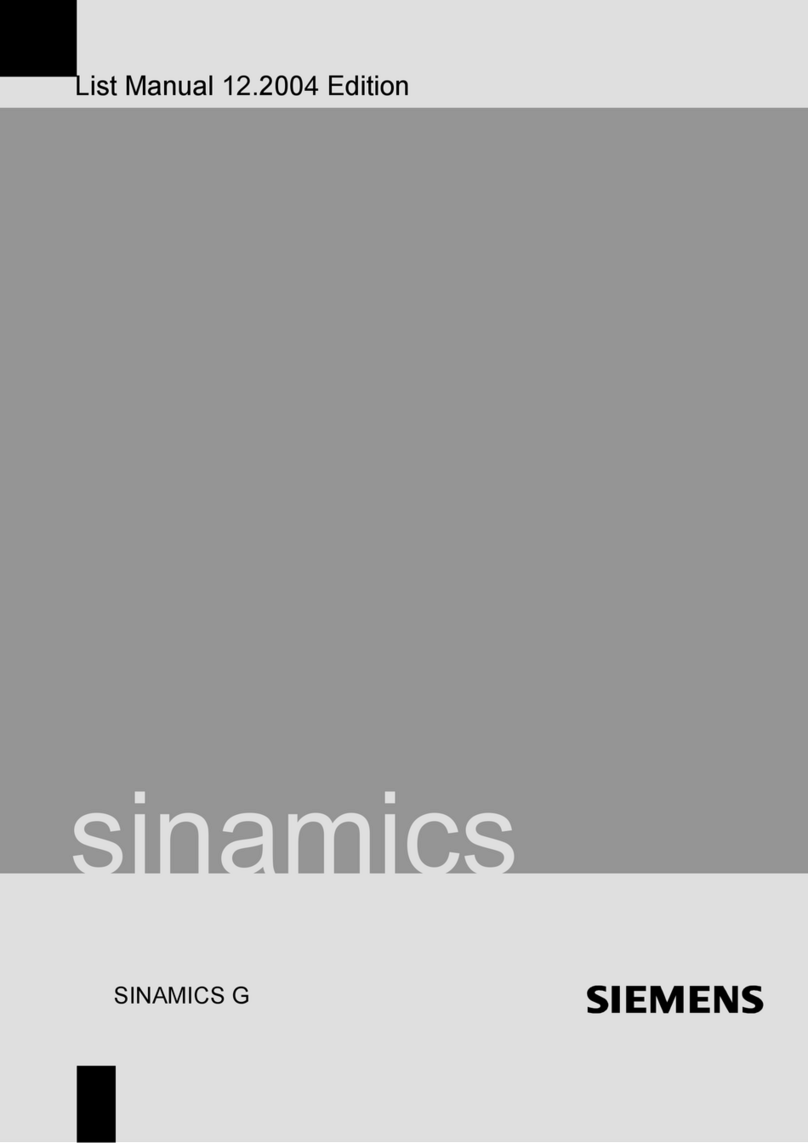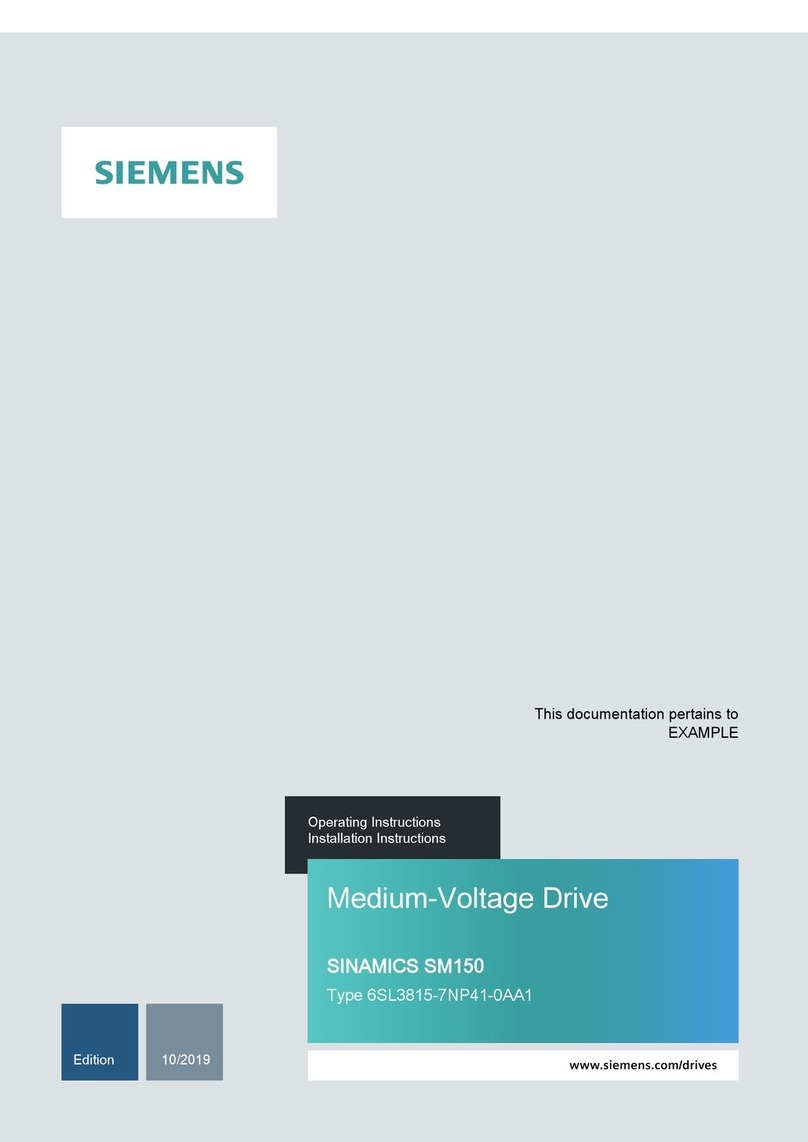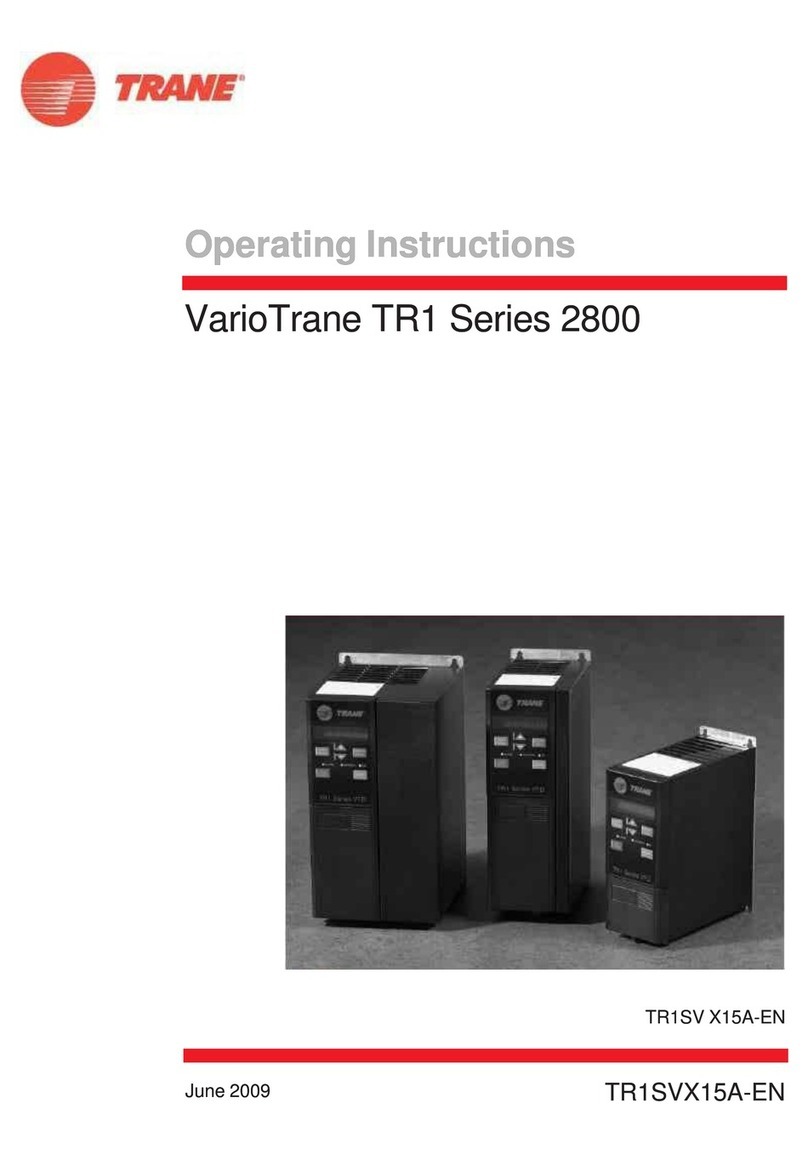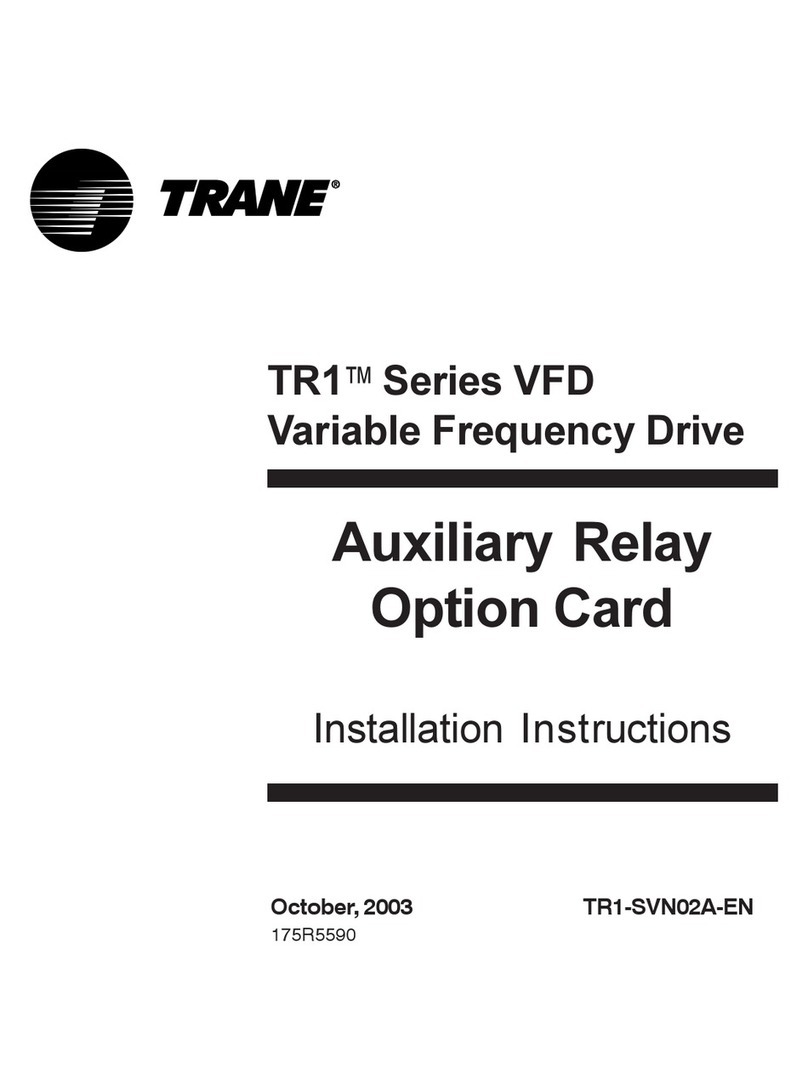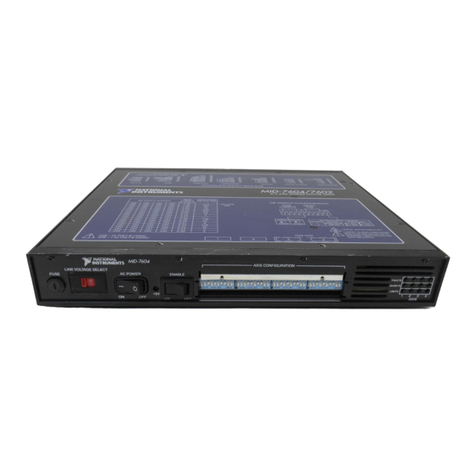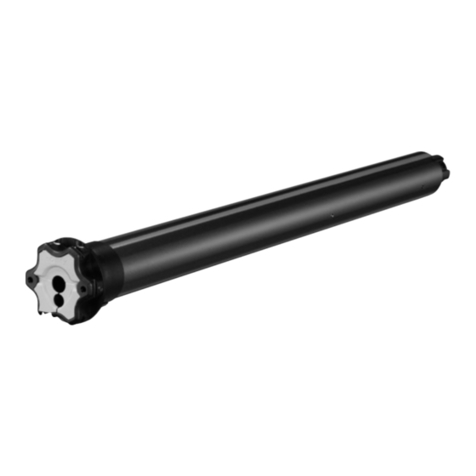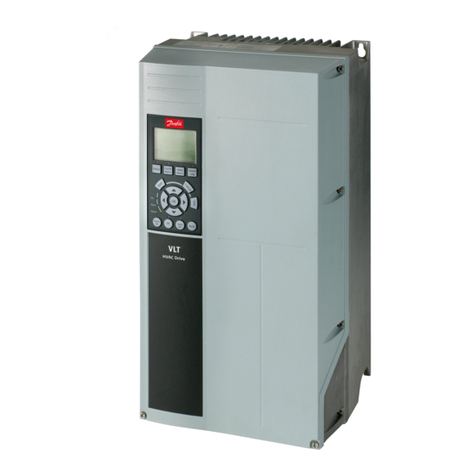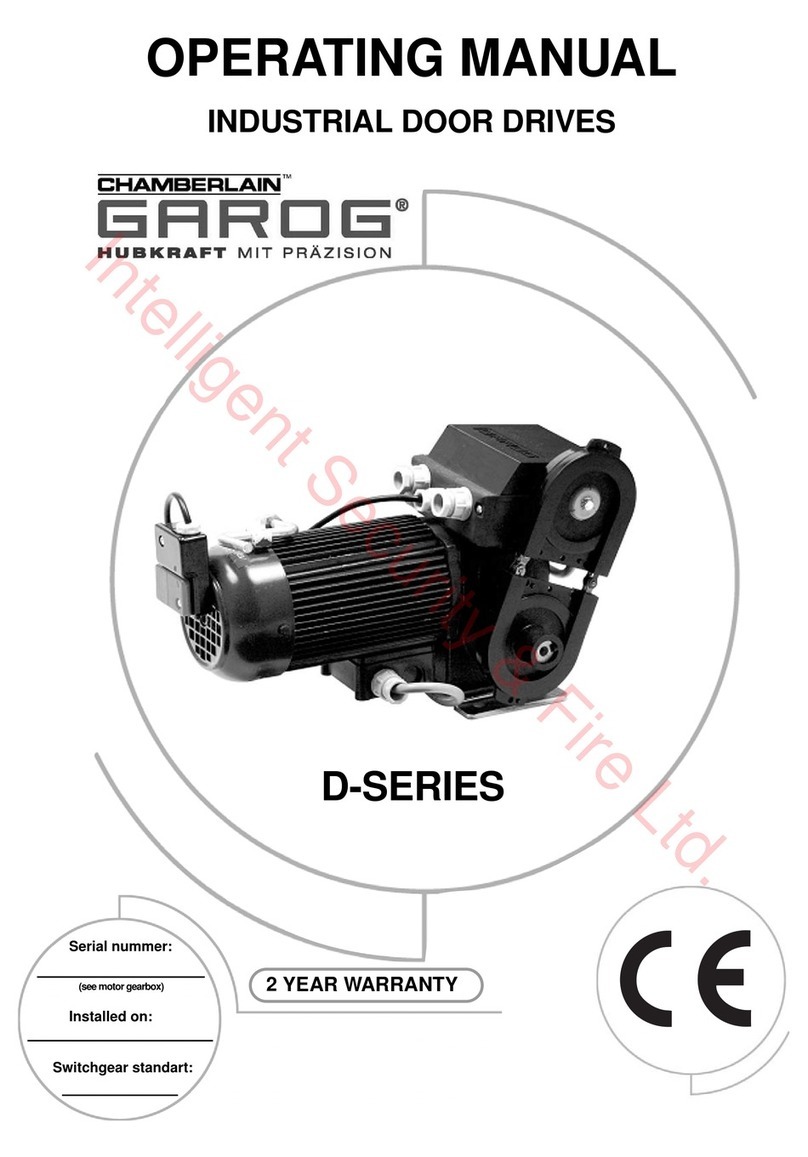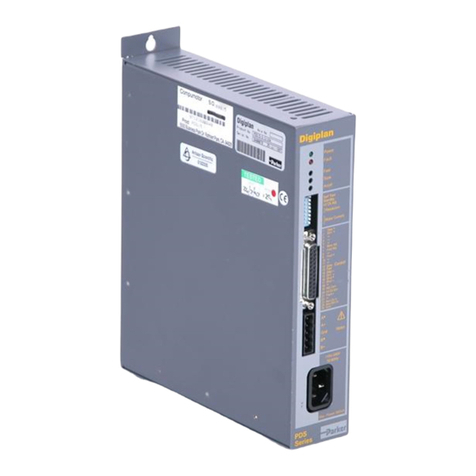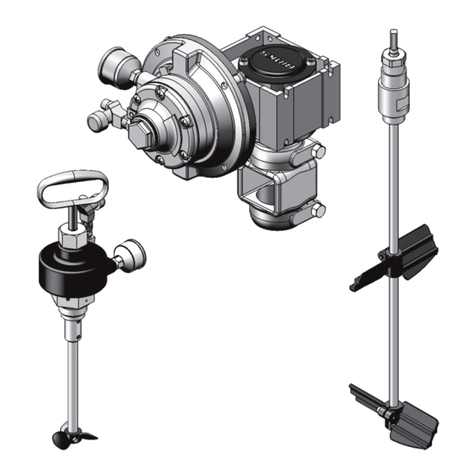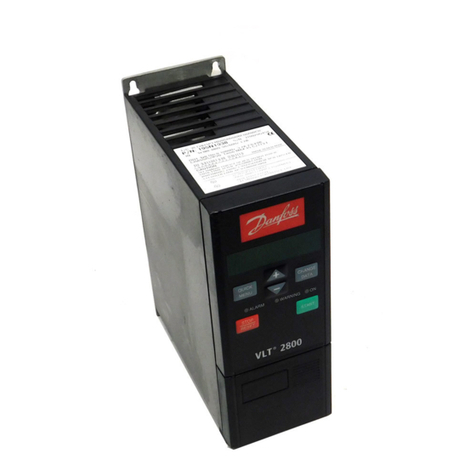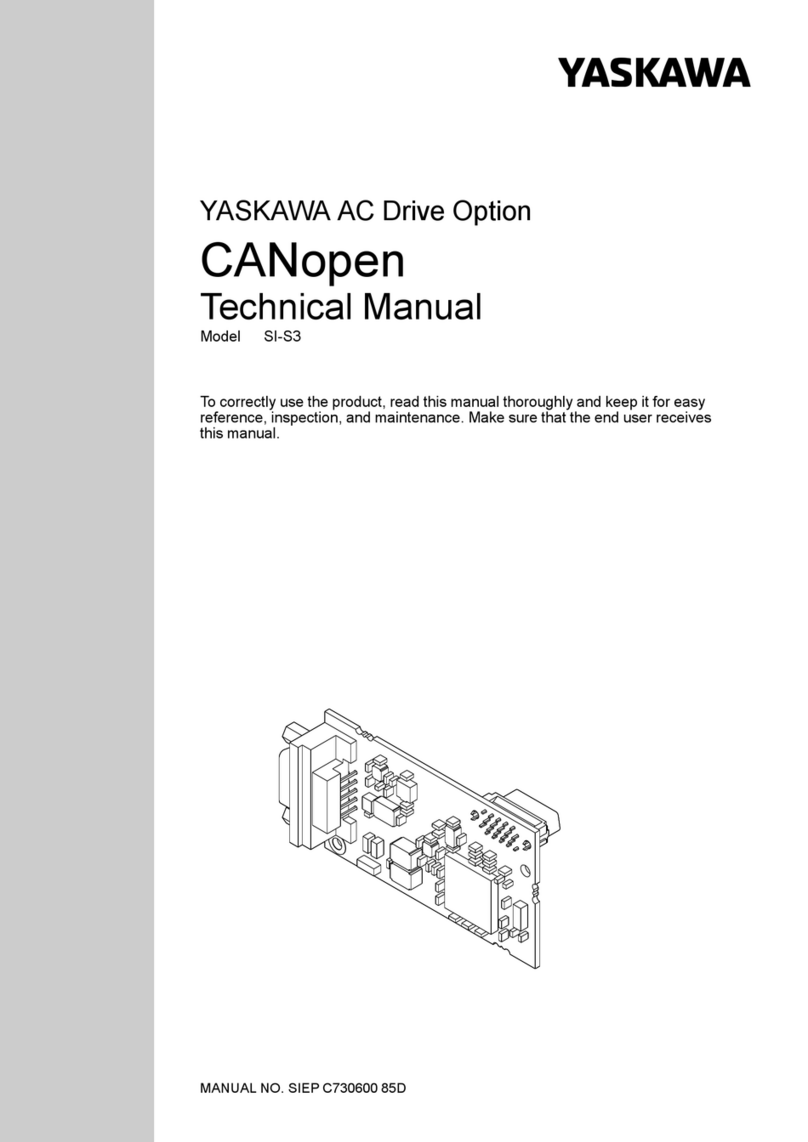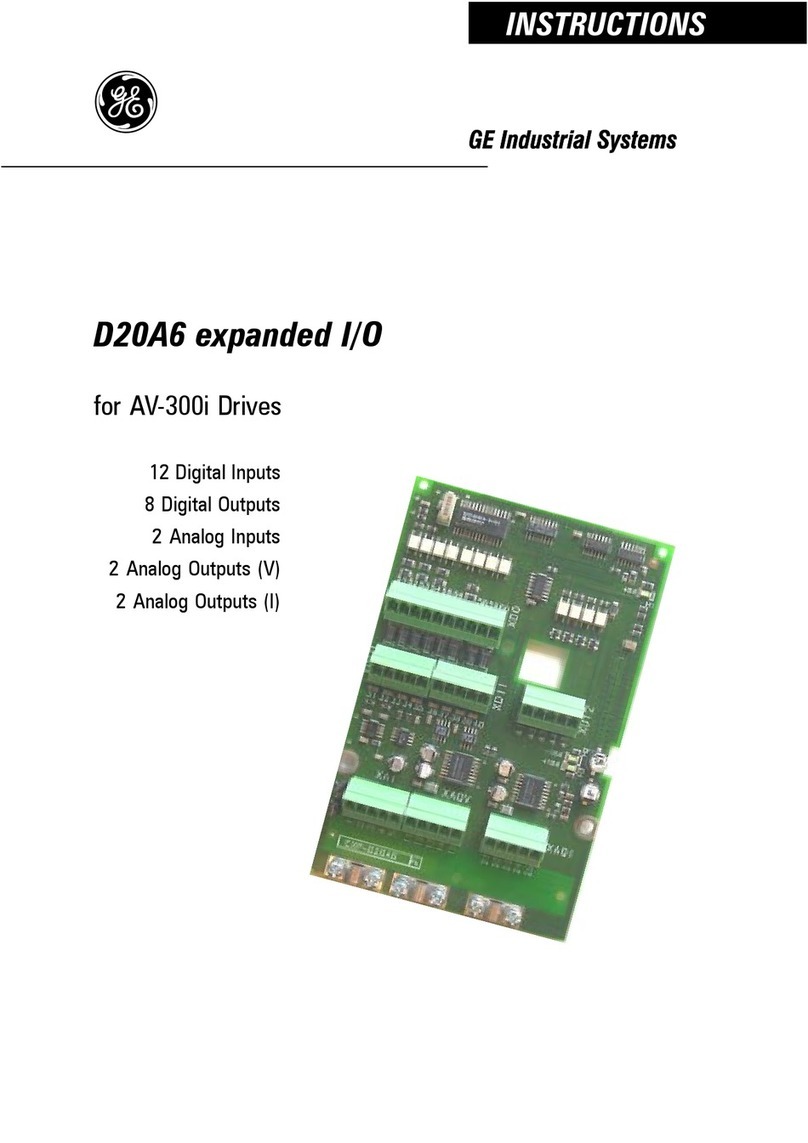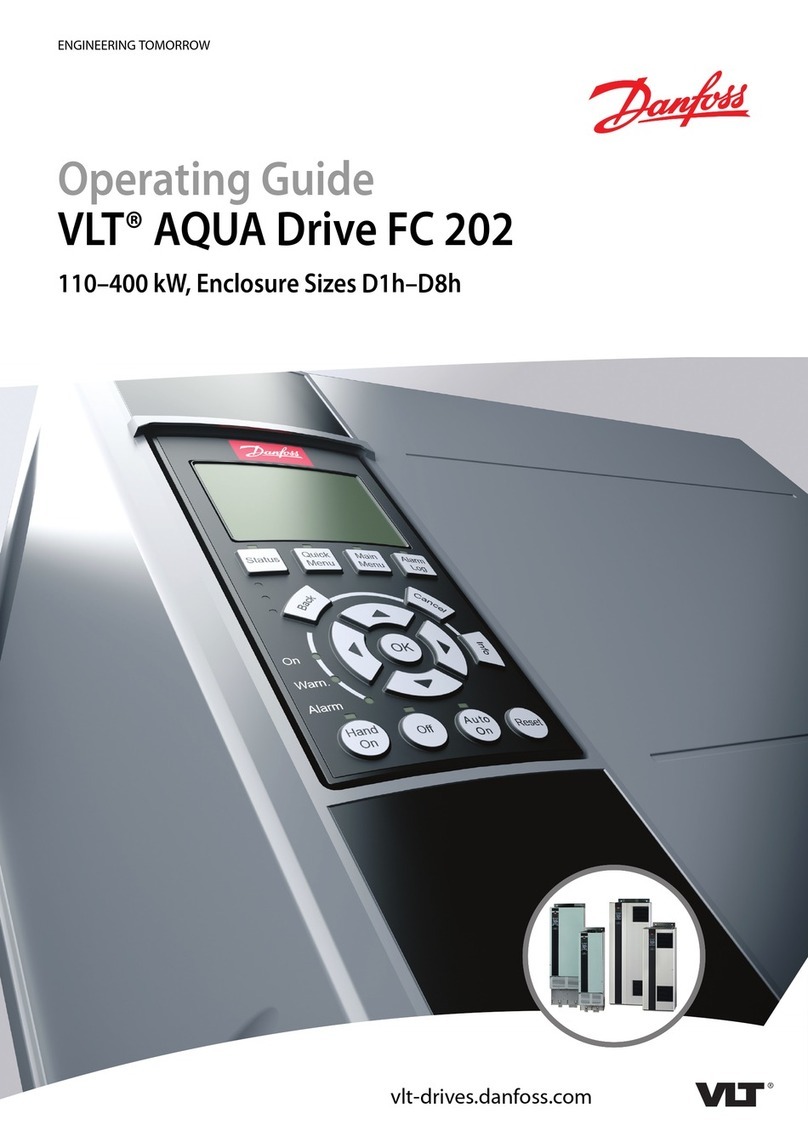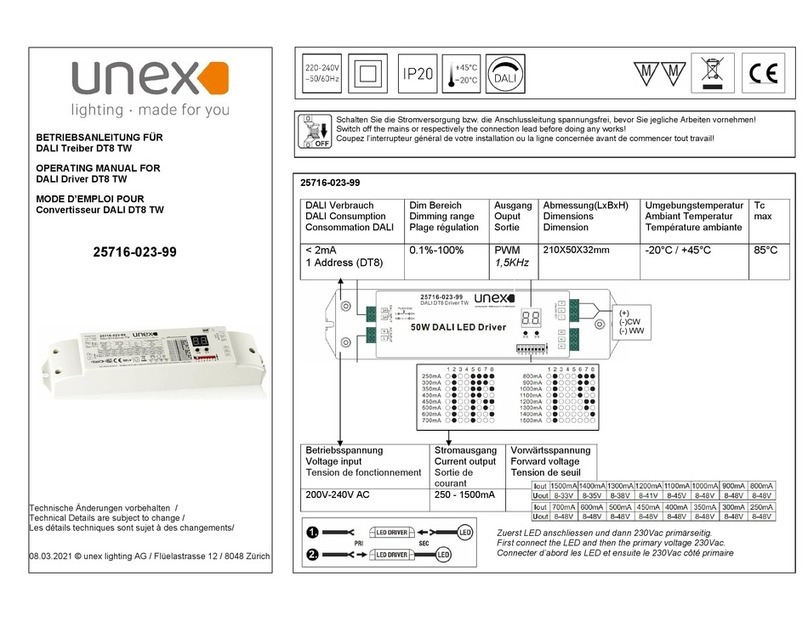
1Introduction
1.1 Purpose
This manual provides the technical information and
instructions required, for a qualied technician approved
by Trane to identify faults and perform repairs and
maintenance on the frequency converter:
•
Data for the dierent enclosure sizes
•
Description of user interfaces and internal
processing
•
Troubleshooting and test instructions
•
Assembly and disassembly instructions
The manual applies to frequency converter models and
voltage ranges described in Table 1.2 to Table 1.4.
1.2 Product Overview
TR150 and TR170 frequency converters are designed for
the Heating, Ventilation, and Air-Conditioning (HVAC)
markets. They operate in variable torque mode, and
include features suited for fan and pump applications
within the HVAC market.
1.3 Safety
CAUTION
Frequency converters contain dangerous voltages when
connected to mains. Only qualied personnel should
carry out the service. See also chapter 2.1 Introduction.
CAUTION
For dynamic test procedures, main input power is
required and all devices and power supplies connected
to mains are energized at rated voltage. Take extreme
caution when conducting tests in a powered frequency
converter. Contact with powered components could
result in electrical shock and personal injury.
1. DO NOT touch electrical parts of the frequency
converter when connected to mains. Also make
sure that other voltage inputs have been discon-
nected (linkage of DC intermediate circuit). There
may be high voltage on the DC-link even when
the LEDs are turned o. Before touching any
potentially live parts of the frequency converter,
wait at least as stated in Table 1.1.
2. Before conducting repair or inspection,
disconnect mains.
3. [O] on the LCP does not disconnect mains.
4. During operation and while programming
parameters, the motor may start without warning.
Press [Stop] when changing data.
5. When operating on a PM motor, disconnect
motor cable.
Voltage [V] Power range [kW] Minimum waiting
time (minutes)
3x200 0.25–3.7 4
3x200 5.5–11 15
3x400 0.37–7.5 4
3x400 11–90 15
3x600 2.2–7.5 4
3x600 11–90 15
Table 1.1 Discharge Time
1.4 Electrostatic Discharge (ESD)
CAUTION
ELECTROSTATIC DISCHARGE
When performing service, use proper electrostatic
discharge (ESD) procedures to prevent damage to
sensitive components. Many electronic components
within the frequency converter are sensitive to static
electricity. The voltage of static electricity can reduce
lifetime, aect performance, or completely destroy
sensitive electronic components.
•
Do not touch components on the circuit boards.
•
Hold circuit boards by the edges or corners
only.
Introduction
6 02/2017 All rights reserved. BAS-SVM04B-EN
1
